For new witches and Pagans, learning to celebrate yule can be an uplifting and memorable experience. While many are familiar with Christmas traditions, Yule traditions are often less well-known despite having their unique charm and symbolism. Although Yule celebrations have evolved since ancient times, some things remain the same. It remains a sacred time to gather with loved ones, reflect on the past year, and welcome the return of longer days. In this guide, we’ll explore the origins of yule and provide tips on how to celebrate this magical holiday.
The History of Yule
According to historians, Yuletide likely originates in ancient winter solstice celebrations. It began as a pagan holiday celebrated by Germanic and Nordic peoples and was later adopted by other cultures. The word “yule” comes from the Old Norse term “jol,” meaning “wheel.” This references the cycle of the seasons and the rebirth of nature during this time.
Yule begins the Winter Solstice and lasts for twelve days. The Winter Solstice is the longest night of the year, and some choose to celebrate Yule only on this day. For those in the Northern Hemisphere, this pagan celebration occurs in December. Practitioners in the Southern Hemisphere celebrate in June.
Over time, Christianity spread throughout the world and intermingled with pagan traditions. Christians adapted Yule celebrations to honor the birth of Christ. While some believe this occurred to encourage converts, others believe it was an attempt to replace pagan rituals and beliefs with Christian ones. Nevertheless, Yule symbolism persists today, regardless of religious affiliation.
The Symbolism of Yule
Yule is replete with symbols that mark the turning of the wheel of the year. Commonly, homes are decorated with items that symbolize light, rebirth, and the warmth of the season. This is why twinkle lights decorate the trees, candles are lit, and wreaths adorn doors. Yuletide colors include red, green, white, gold, and silver.
Holly, with its vibrant red berries, is one symbol of Yule. It represents the feminine element and is often used to decorate homes during this season. Holly without berries is more masculine. Evergreen trees, pine needles, wreaths, and boughs stand for the everlasting cycle of life, growth, and enduring love.
Symbols of animals like deer, which are associated with the Horned God, are often used in Yule decorations. The Horned God represents the male aspect and is associated with the wilderness and the hunt.
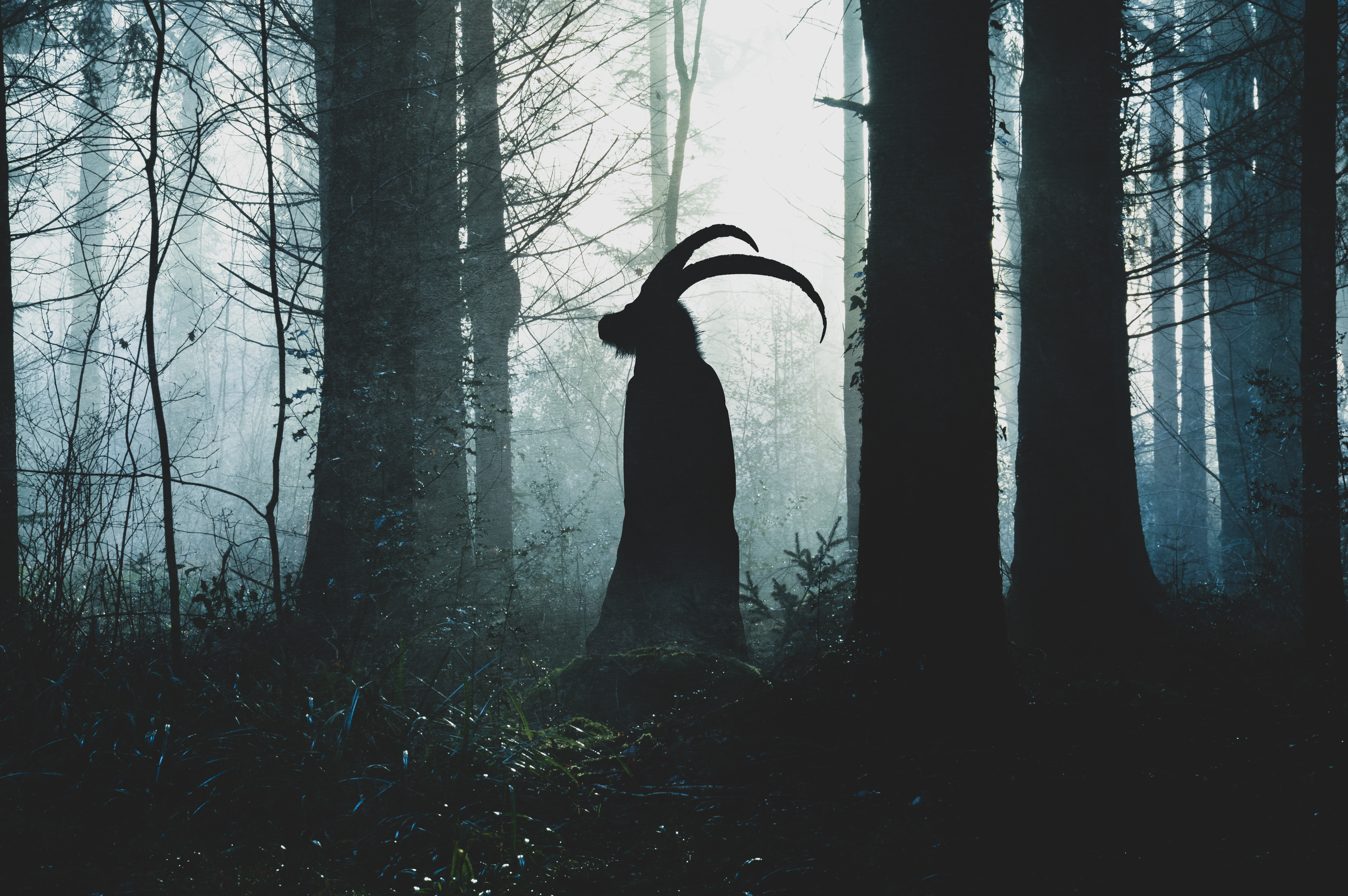
Snowflakes, stars, and other celestial symbols are also common, representing the cosmic forces at play during the Winter Solstice and the magic of the yule season. These symbols and decorations not only brighten up homes during the dark days of winter but also serve as a reminder of the cyclical nature of life, the promise of the return of the sun, and the start of a new solar year.
Who Celebrates Yule today?
Today, Yule is celebrated by a diverse group of individuals and communities who find significance in its ancient roots and rich symbolism. This includes modern pagans, witches, and Wiccans, who view Yule as a sabbat within the Wheel of the Year. They use this time to honor the cycle of death and rebirth symbolized by the Winter Solstice.
Additionally, individuals who identify as Heathens or followers of Ásatrú, religions that seek to revive ancient Norse beliefs and practices, also observe Yule, often with a focus on communal bond-building and ancestral veneration.
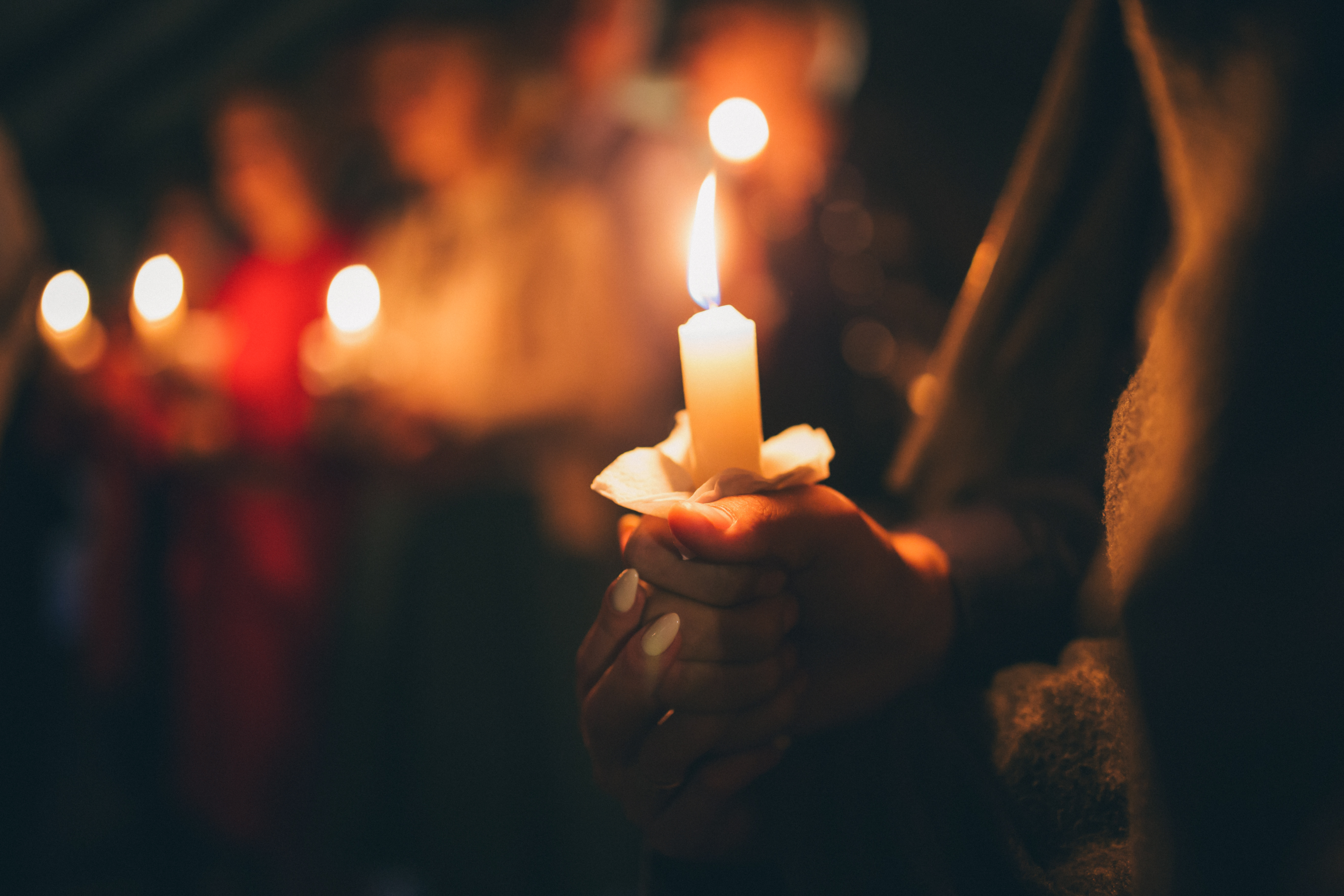
Furthermore, non-religious people who are interested in seasonal rhythm might also celebrate Yule. For these people, it can represent a connection to the natural world and a way to live in harmony with the environment.
As you can see, Yule has a rich history filled with beautiful symbols and spiritual meaning. Many still honor this ancient tradition, and you can become a part of it too. Keep reading to learn how you can celebrate Yule this year!
1. Decorate a Yule Tree
Decorating a Yule tree is one of the most popular ways to celebrate this holiday. Typically, Yule trees are evergreen trees adorned with lights, ornaments, and other decorations that symbolize the magic and renewal of the season. These can include homemade decorations like dried orange slices or cinnamon sticks, as well as store-bought items.
When decorating your Yule tree, consider incorporating some of the traditional pagan symbols mentioned earlier in this guide. Holly berries, pine cones, and other natural elements can add a meaningful touch to your tree. I also enjoy decorating my tree with Yule folkloric figures like Krampus and Gryla.
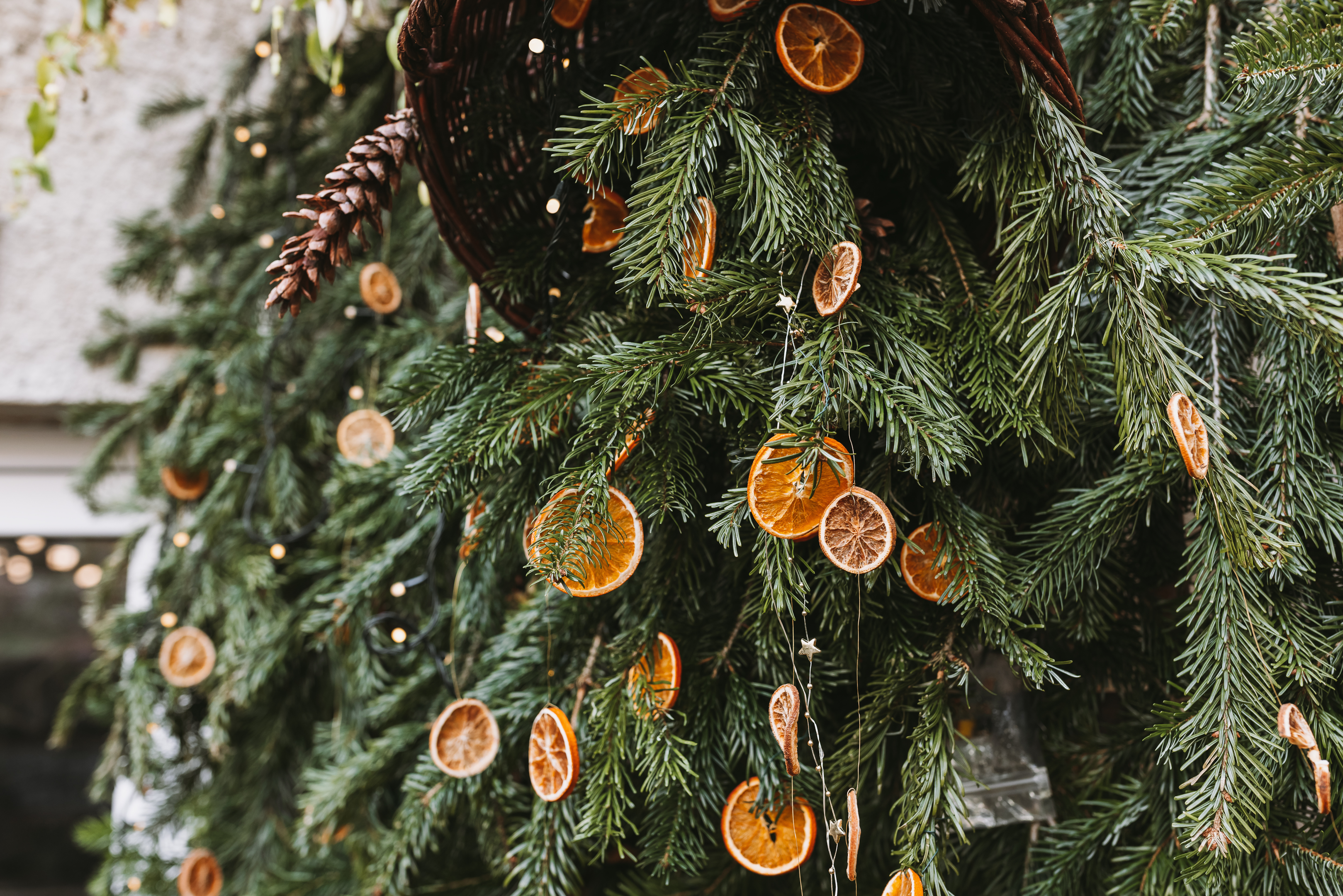
2. Craft an Evergreen Wreath
Another popular Yule decoration is an evergreen wreath. These can be purchased or made at home using a wire frame, floral wire, and evergreen branches. Wreaths are often hung on front doors as a way to invite the spirit of the season into your home.
If you’d like to make your own wreath, gather some evergreen branches from your yard or purchase them from a local nursery. Add ornaments, mistletoe, and any other items that hold significance for you. You can also incorporate tinsel, bows, and other festive elements.
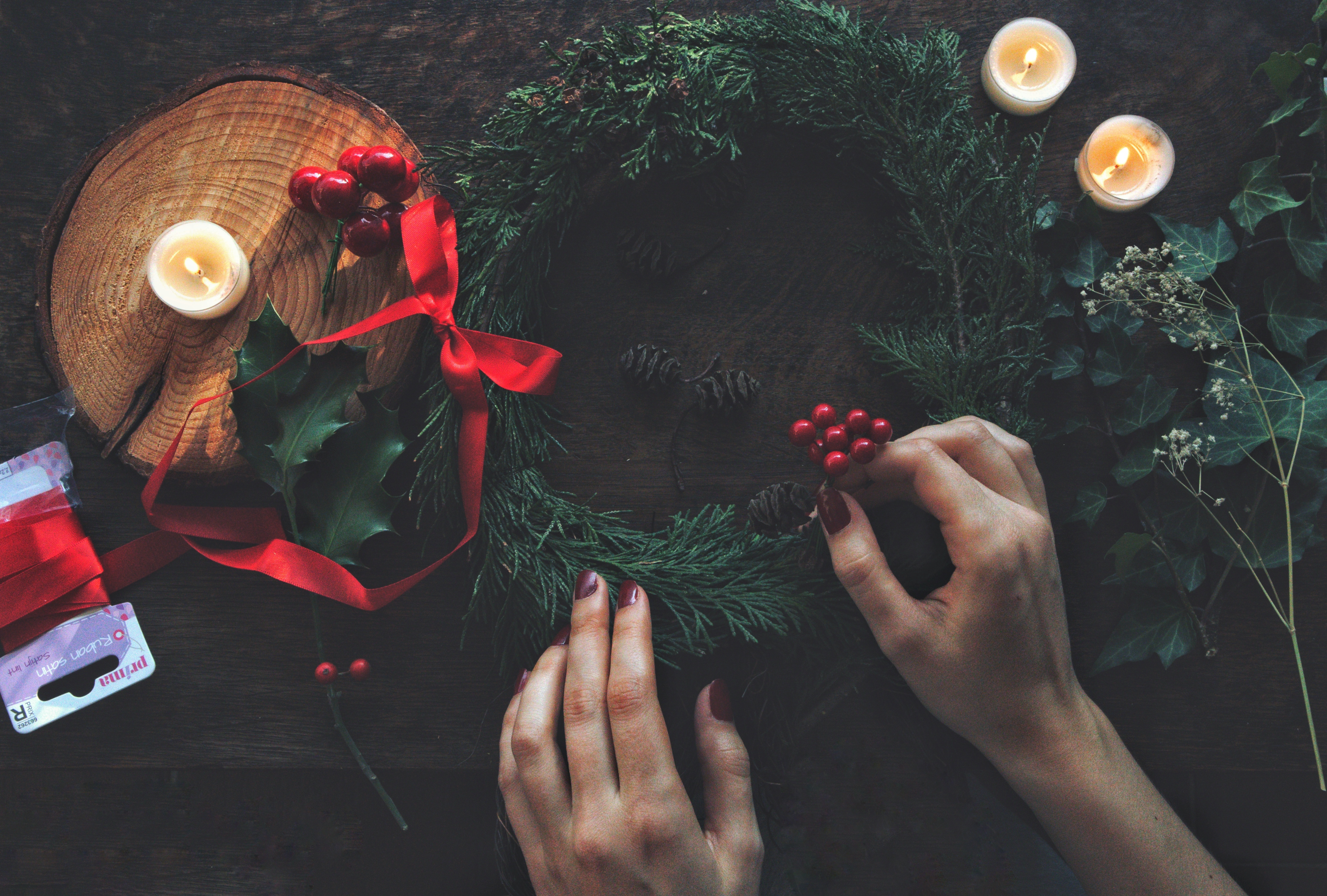
3. Burn a Yule Log
Much like Jack-O-Lanterns, burning Yule logs is thought to keep away evil spirits. The Yule log is traditionally a large oak log that is burned in the fireplace during the Winter Solstice.
Today, many people use smaller logs or even candles to symbolize the Yule log. Some also decorate their logs with ribbons, holly, and other traditional decorations. If you don’t have a fireplace, select a log and drill holes in the bark to place candles (or purchase one online). Then, bless the log before lighting it on Yule night.
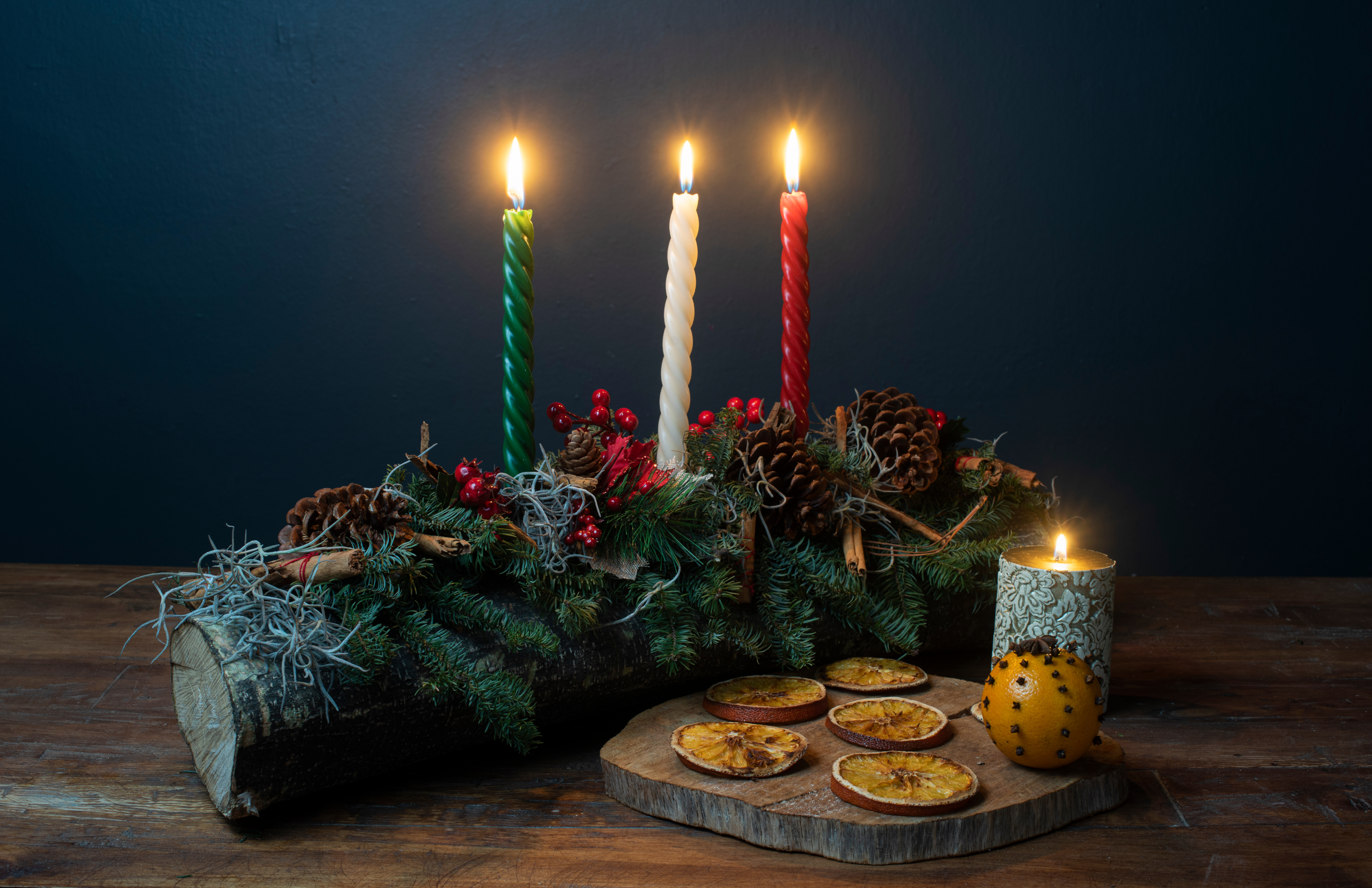
4. Attend a Yule Bonfire
Celebrating Yule extends beyond your home. Many communities and groups hold bonfires as a way to come together, share food, and honor the season. These bonfires often include rituals, storytelling, singing, and dancing.
If you don’t have access to a community bonfire, consider hosting one in your yard with some close friends or family members. Make sure to follow fire safety protocols and check local regulations before starting a fire.
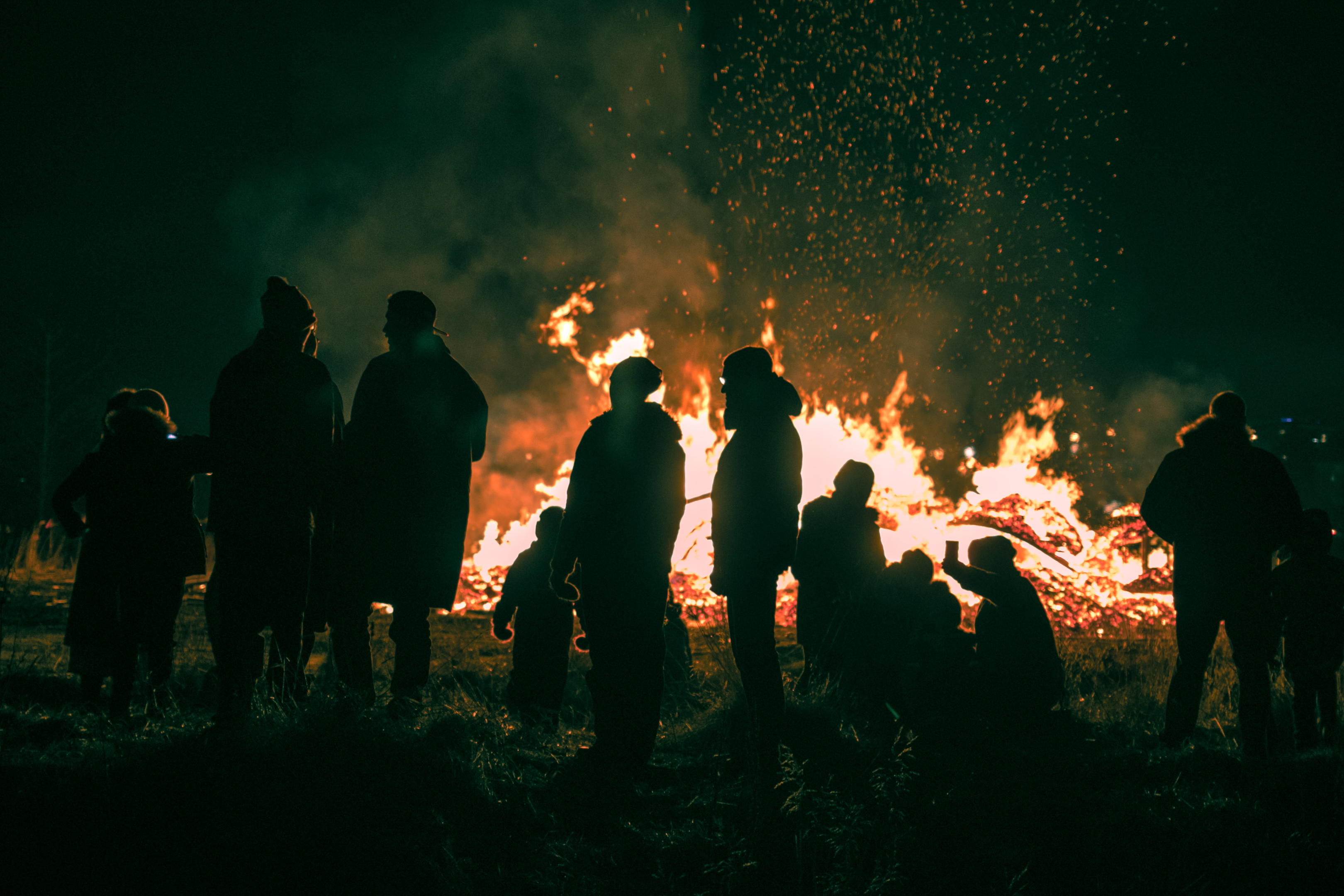
5. Read a Yule Tarot Spread
Tarot is a powerful tool for self-reflection and connecting with the energy of the season. Consider pulling out your favorite deck and doing a Yule-themed spread to gain insight into the upcoming year. You can also find Yule tarot spreads online or create your own. Create your own using cards that hold special meaning for you!
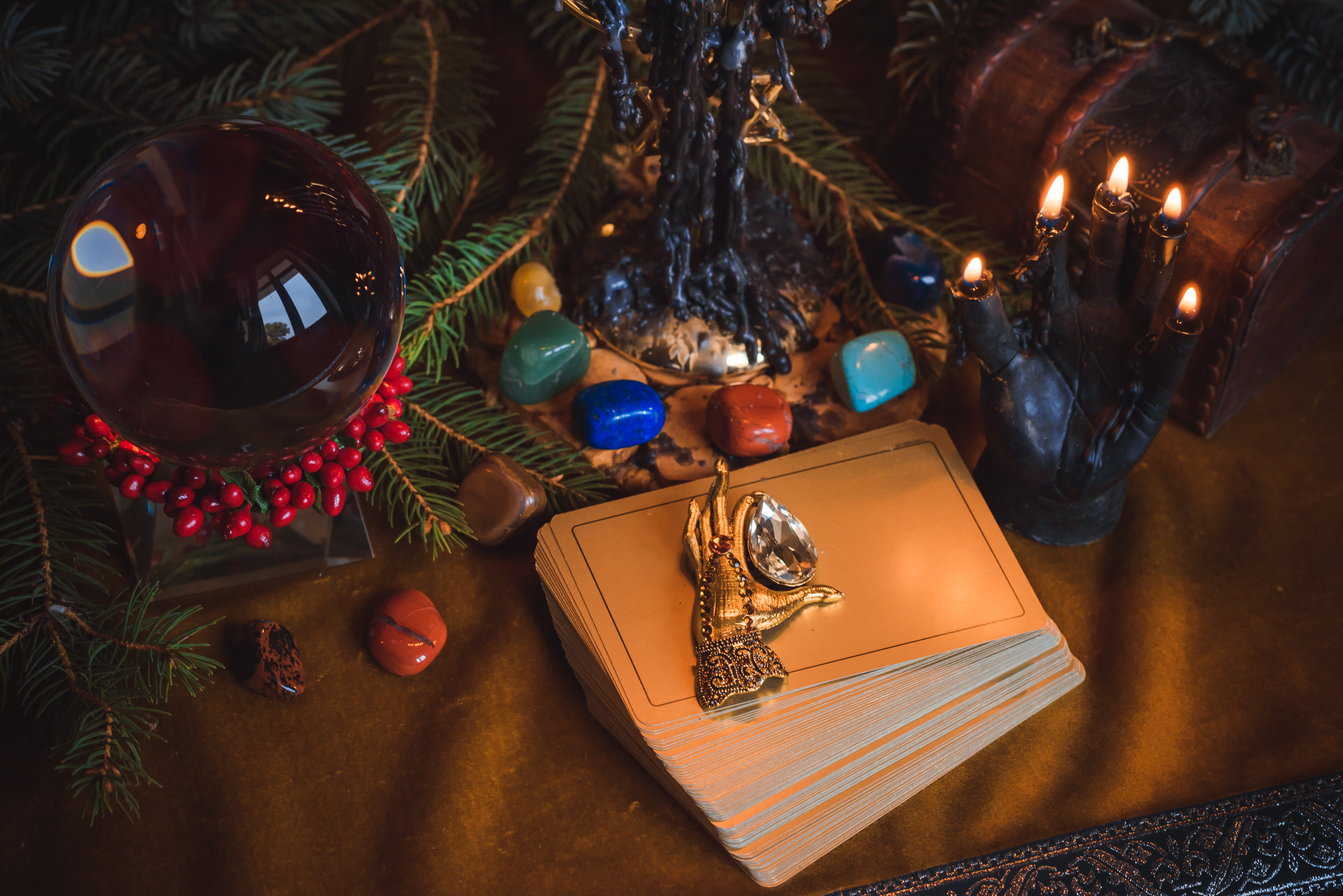
6. Give Gifts with Meaning
It’s no secret that gift-giving has become a significant part of the holiday season. When celebrating Yule, consider giving gifts that hold personal and spiritual meaning. This could include handmade items, books on paganism or nature-based spirituality, crystals, herbs for spellwork, or anything else that resonates with the recipient.
According to some, Yule marks a time when spirits and supernatural creatures roam the earth. Gifting clothes is one way to avoid the wrath of the Yule cat, one such creature. The Yule cat is said to roam the countryside during the Yule Season and eat anyone who hasn’t received new garments by that time. While this may sound like a silly superstition, it’s a fun way to incorporate folklore into your gift-giving.
Remember, it’s not about the cost or extravagance of the gift, but rather the intention and thought behind it. Bonus points if your gift fends off the ancient evils of the night!
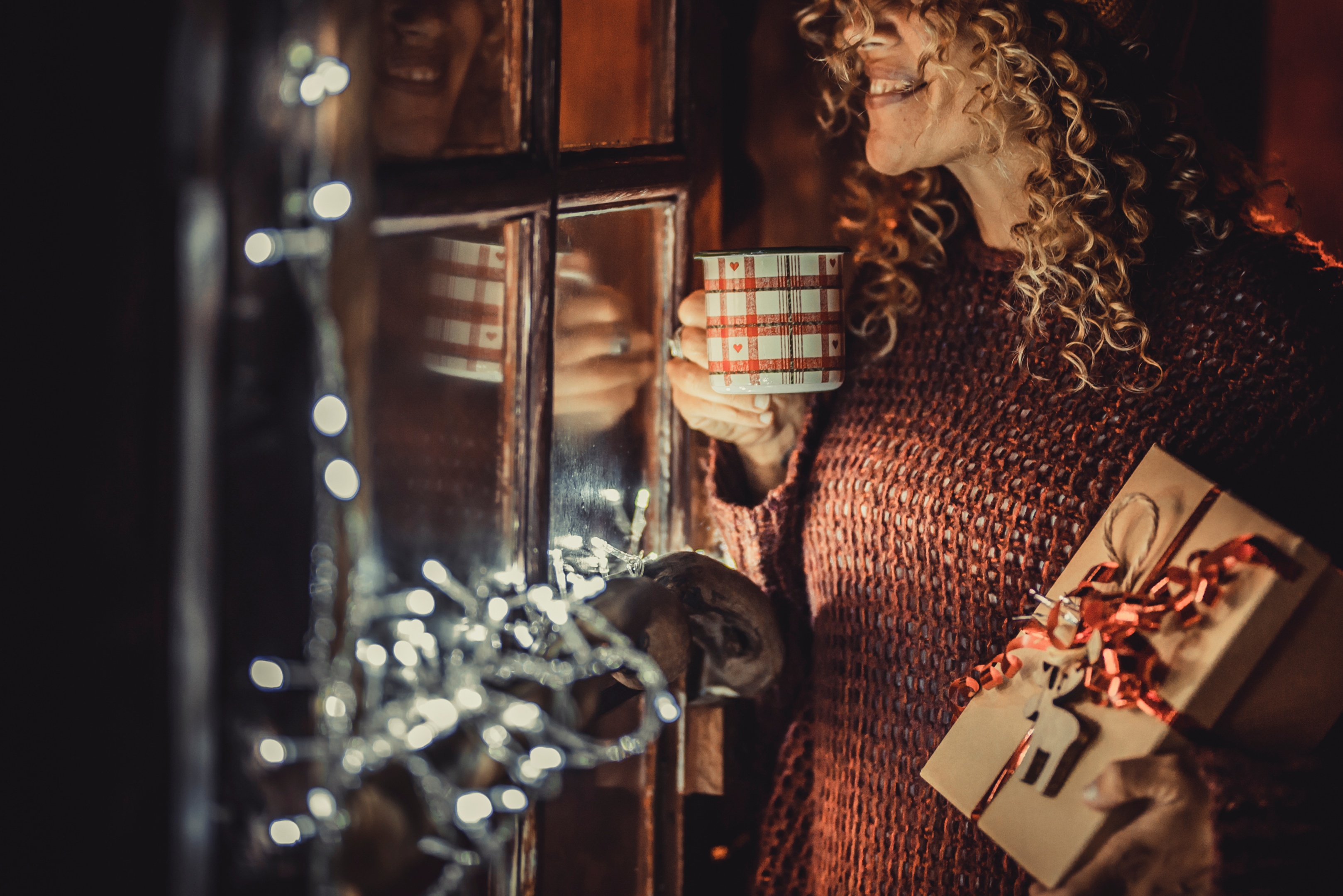
7. Make A Simmer Pot
Simmer pots are a simple and beautiful way to fill your home with the scents of the season. Start by boiling water in a pot, then add herbs, spices, citrus peels, and any other fragrant items you desire. Some popular ingredients for simmer pots include cinnamon sticks, cloves, star anise, and orange slices. Once everything is added to the pot, let it simmer on low heat for a few hours, adding more water as needed.

8. Decorate a Yule Altar
Altars are sacred spaces used for spiritual practices and rituals. They can also be decorated to honor the changing of the seasons, including Yule. Create an altar using a small table or shelf and adorn it with pine needles, floral arrangments, and crystals. Bloodstone protects you from undesirable influences like the spirits that roam the longest night. Additionally, citrine carries the warmth of the sun and energizes you during the winter months. Choose whichever Yule crystals speak to you!
You can also incorporate elements of the Yule tradition, such as a mason jar filled with notes of gratitude or blessings to honor the season. Adding an image of the Yule log or a representation of the sun also spruces up your altar. Light candles, burn incense, and meditate at your altar to connect with the energy of Yule. Use it as a space for spellwork or divination during this time.
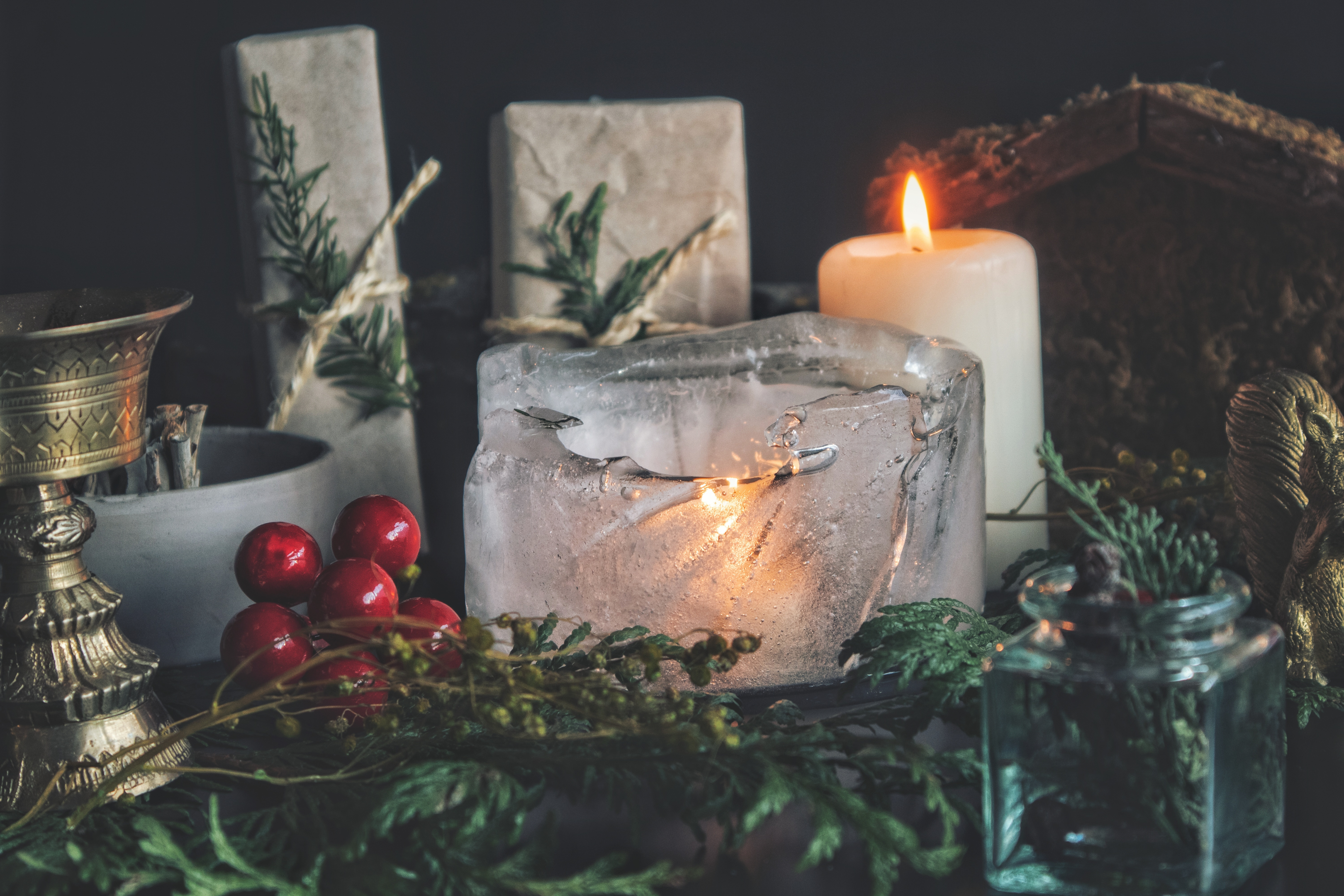
9. Connect with Nature
Yule is a time to honor and connect with nature. Celebrate life by bearing witness to the beauty of winter. Take some time to go for a hike, visit a local park, or simply spend some time in your backyard observing the natural world around you. You can also bring some elements of nature into your home, such as seasonal plants and flowers.
Honoring and connecting with nature can also include participating in conservation efforts, such as volunteering at a local animal shelter or picking up litter in your community. This is a great way to give back and show gratitude for the earth’s gifts during this time of year.
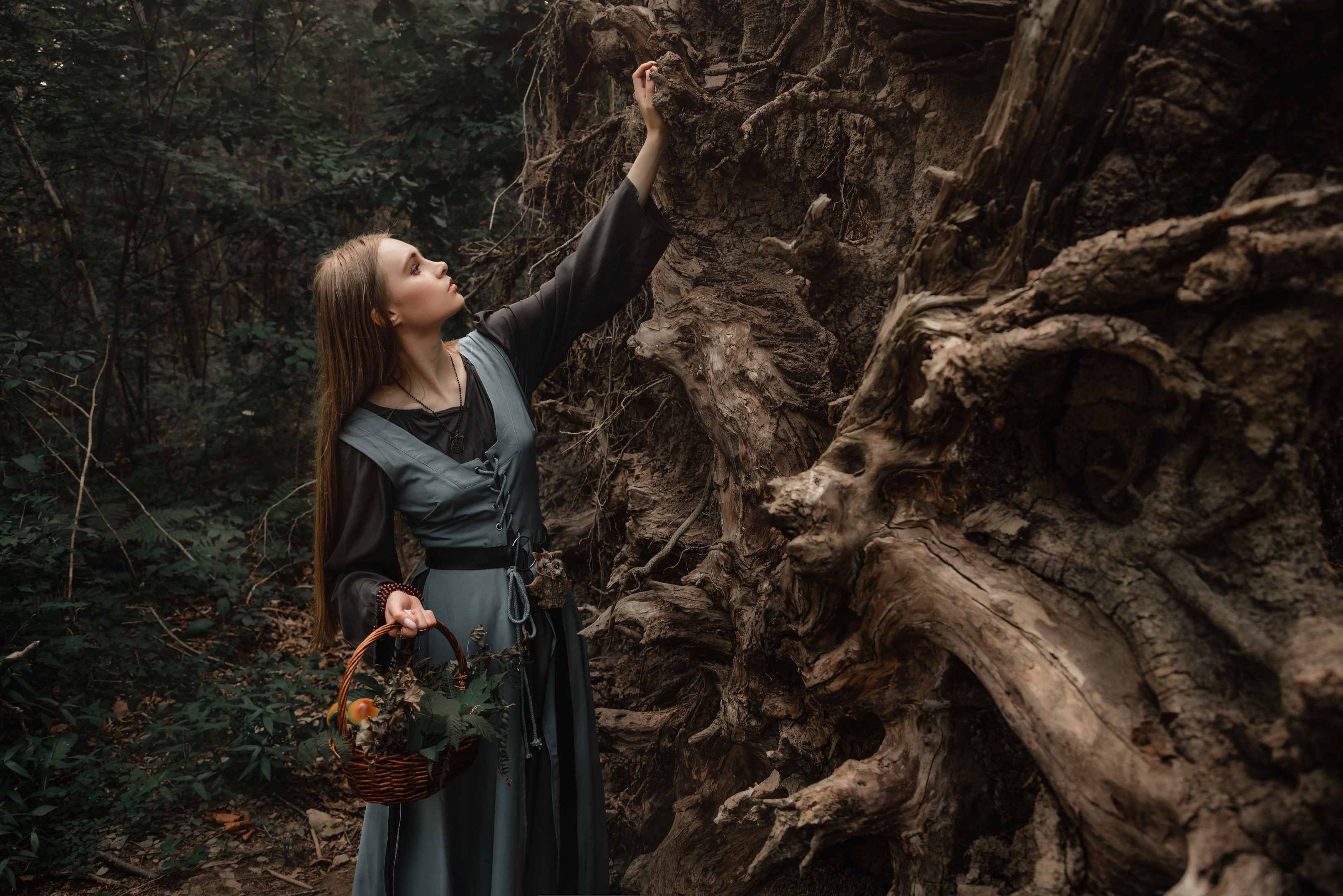
10. Feast with Family and Friends
Food is another important aspect of Yule celebrations. Many traditional yuletide dishes are rich in spices and symbolize the warmth and abundance of the season. Some popular dishes include roasted meats, root vegetables, and warm spiced drinks like mulled wine or apple cider. You can also incorporate sweet treats like a Yule log cake or gingerbread cookies.
Gather with your loved ones around a table filled with delicious food to celebrate the magic of yule and give thanks for the blessings in your life.
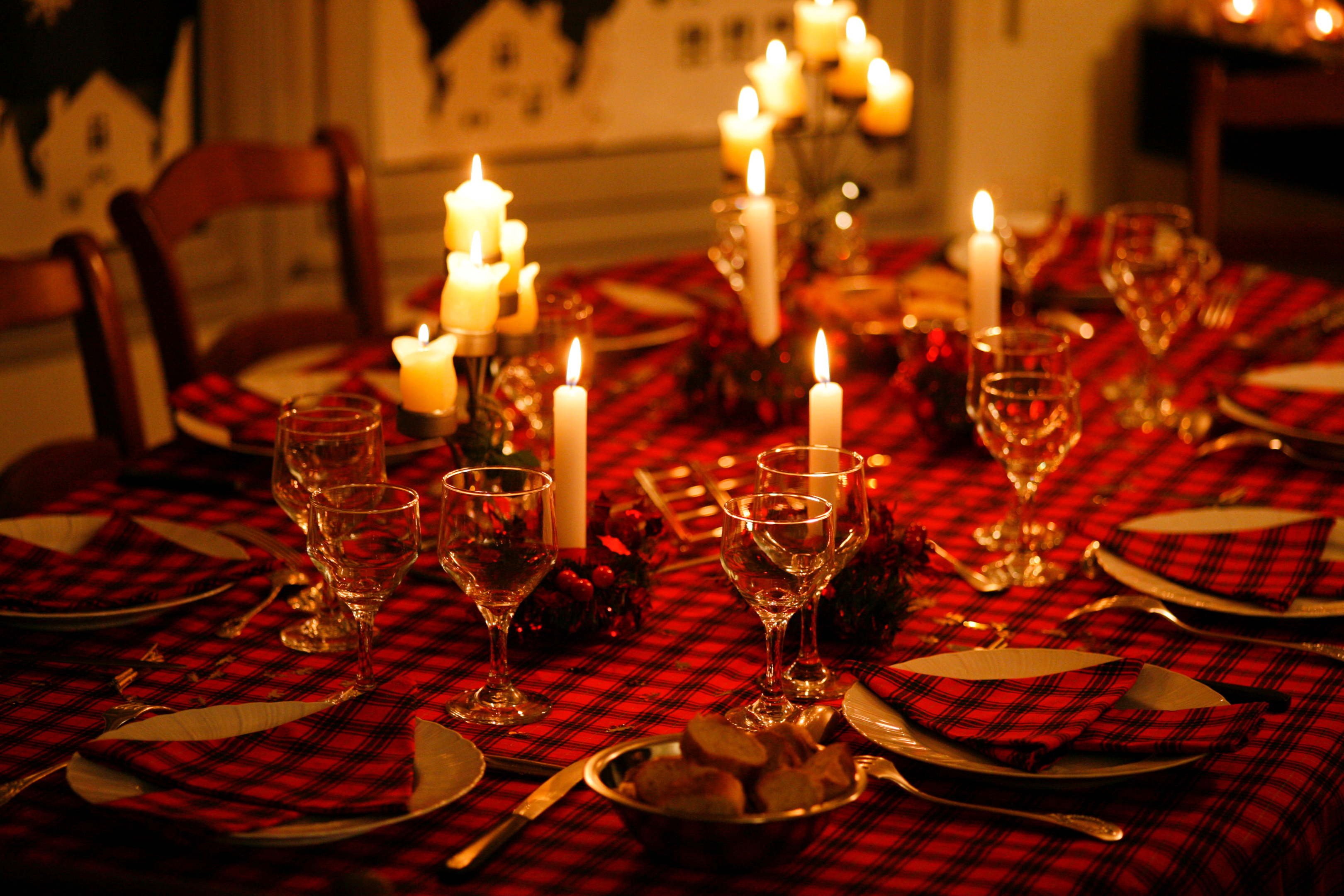
Bring Light to the Darkness During Yuletide
Overall, the magic of yule is all about embracing the winter season and finding joy in the darkness. Light candles, decorate your home, connect with loved ones, or create your personal traditions! Celebrating yule is a time-honored way to honor nature’s cycles and connect with the divine energy within and around us. So go forth, embrace the joy of yule, and may it bring warmth, love, and abundance into your life. Happy Yule!